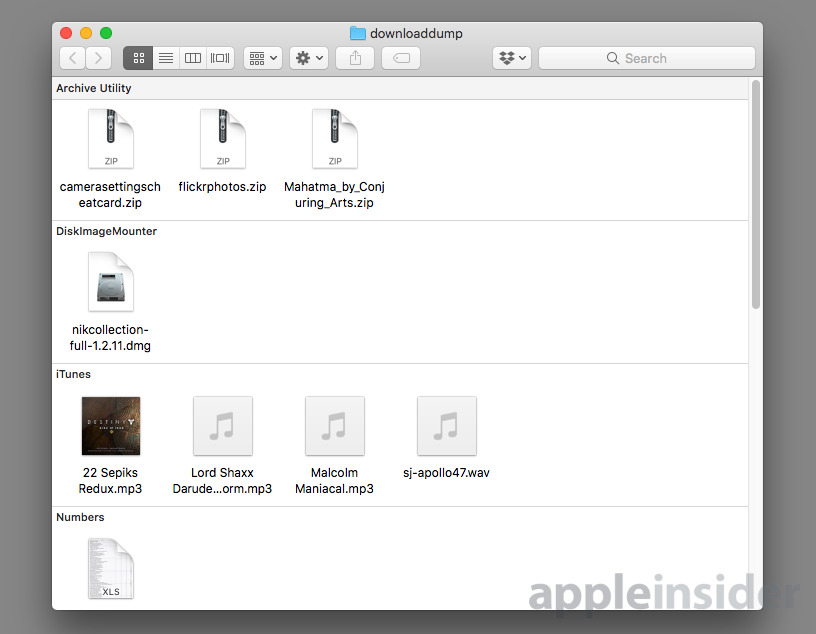Redux Mac OS
I have a confession to make: Although I’ve been using Tiger on a PowerBook and a Mac mini since the OS was still in beta, for various reasons that can be summed up as, “Never upgrade your production machine in the middle of a major project,” I didn’t install 10.4 on my Power Mac G5 until last week.
3 thoughts on “ SharpZipLib and Mac OS X ” Pingback: Reliably Broken » SharpZipLib and Mac redux. Andrew 23 September, 2014 at 3:01 am. Thanks David, had Mac users coming to me about this and it was driving me nuts. The UseZip64.Off has fixed everything nicely. Redox is a Unix-like Operating System written in Rust, aiming to bring the innovations of Rust to a modern microkernel and full set of applications.

Why am I revealing my system secrets here? Because the upgrade of my “main” machine reminded me of one of my favorite tweaking utilities for Mac OS X, Free Range Mac’s $8 TransparentDock 2.3.3 ( ). I included TransparentDock in our More Mac Software Bargains feature way back in May of 2003, but I’ve been using a TransparentDock-customized Dock for so long that I’d completely forgotten how my Dock got that way—or that it was even modified at all. It wasn’t until I saw the stock Dock staring back at me in my Tiger account that I realized how much I take for granted the additional Dock options TransparentDock provides. I took this as a sign to remind Macworld readers of this Gem (which has also gained a few features in the interim).
To give you an idea of just the visible differences between the stock Dock and my souped-up version, check out these screenshots of a Dock with the default settings (top) and one customized by TransparentDock (bottom):

The most obvious difference is that my customized Dock is completely transparent. But on closer inspection, you’ll see a few other differences, as well. The Dock border has been changed from black to white, as have the “open application” triangles. I’ve also increased the size of the text that tells you the name of the item beneath the mouse cursor, and I’ve chosen a different appearance for minimized folders. Finally, one of my favorite settings makes the icons of hidden applications translucent. TransparentDock gives you complete control over these appearance settings, and a few more—you can change the color of the Dock’s background, and you can also customize the “poof” effect that occurs when you drag an item off the Dock. (Alternate poofs are available from sites such as ResExcellence, or you can create your own.)
But these are just the visual options. TransparentDock includes many more that affect how the Dock behaves. https://index-soft.mystrikingly.com/blog/wing-ide-6-1-5-0. In addition to the settings available in most OS X “tweaking” utilities—Dock placement (bottom, top, left, right), pinning (middle, start, end), and minimize/maximize effect (genie, scale, suck)—check out the options available via the utility’s Dock Setup options screen:
Redux Mosh
Power users and developers will appreciate the ability to view background applications, hidden and system files, and package contents in the Dock and Dock menus. Tweakers will like adding Quit items to the Finder’s Dock menu and the Dock’s own settings menu. And a good number of users will welcome the ability to turn off “bouncing icons” when an application wants your attention and to make the Dock work like a standard Mac OS window instead of always floating above other windows. You can even remove the Finder icon from the Dock or, conversely, lock icons so that they cannot be removed. If you’re using Panther (OS X 10.3) or Jaguar (10.2), TransparentDock adds a couple options to bring your Dock up to speed with Tiger’s: unlimited hierarchical Dock menus (10.3 and 10.2) and hide commands in the Dock menus of running applications (10.2). I can’t cover every option provided by TransparentDock, but you’re probably getting the idea: Lots of ways to make the Dock work the way you want.
TransparentDock also provides one other feature that will be popular with those who can’t settle on a single look: themes. You can save sets of Dock settings to different themes and then switch between them via TransparentDock’s Theme palette. But this feature also allows you to save different Docks configurations, with different applications, documents, etc. in each Dock, even if you keep the appearance of the Dock the same. In this respect, TransparentDock can replace a number of other “multiple Dock” utilities. Jprofiler 10 1 1 – java based applications examples.
Redux Mac Os Catalina
Note that some of the changes made by Transparent Dock modify the actual Dock application, which requires an administrative user’s name and password. And because it’s making such modifications, TransparentDock will ask you if you want to make a backup copy of the Dock before any changes are made; you should definitely do this—if you ever experience problems with your customized Dock, TransparentDock can then restore the original Dock from the backup. Finally, before you change your Dock to be UCLA-blue-and-gold, keep in mind that changes that actually alter the Dock application will affect all users of your Mac—including your USC-crimson-and-gold-loving spouse/roommate/coworker. (But maybe that’s a good thing?)
Redux Master Detail
Luckily, I’m the only user of my G5, so I can customize my Dock any way I want it. And now that I’ve rediscovered TransparentDock, my Dock is once again perfect (for me, at least).